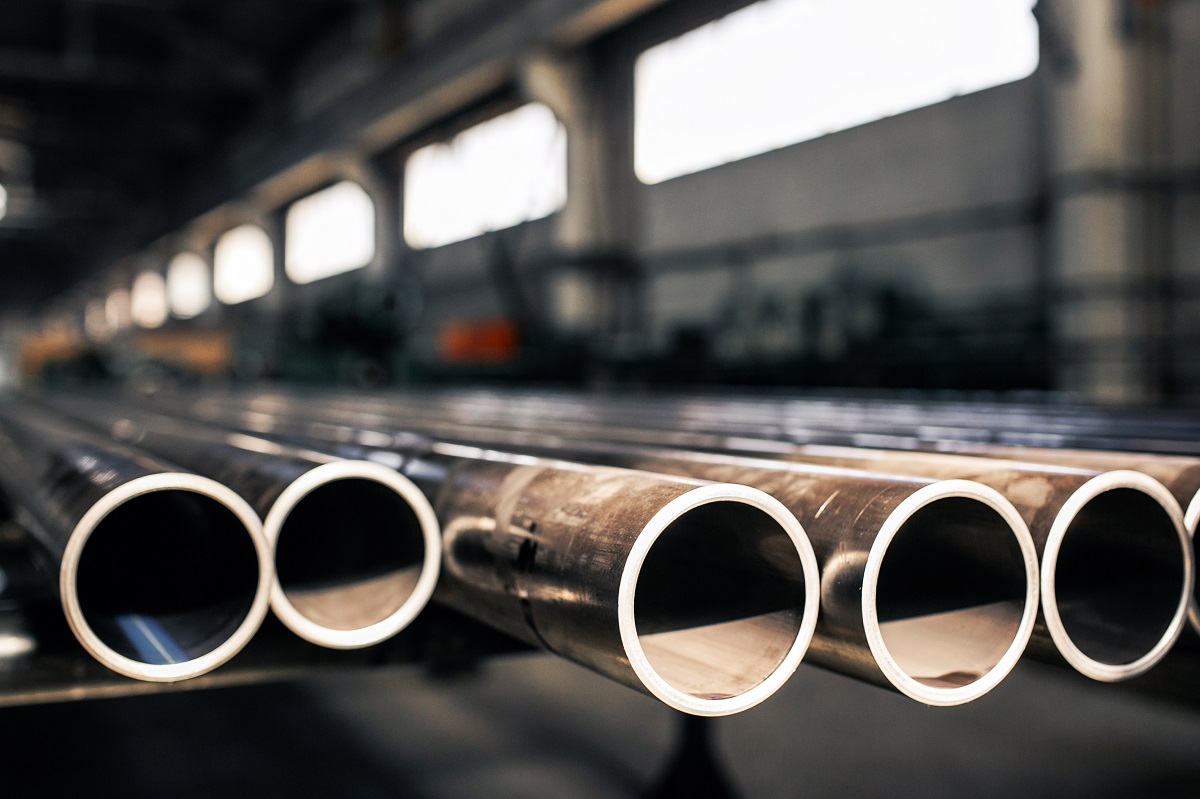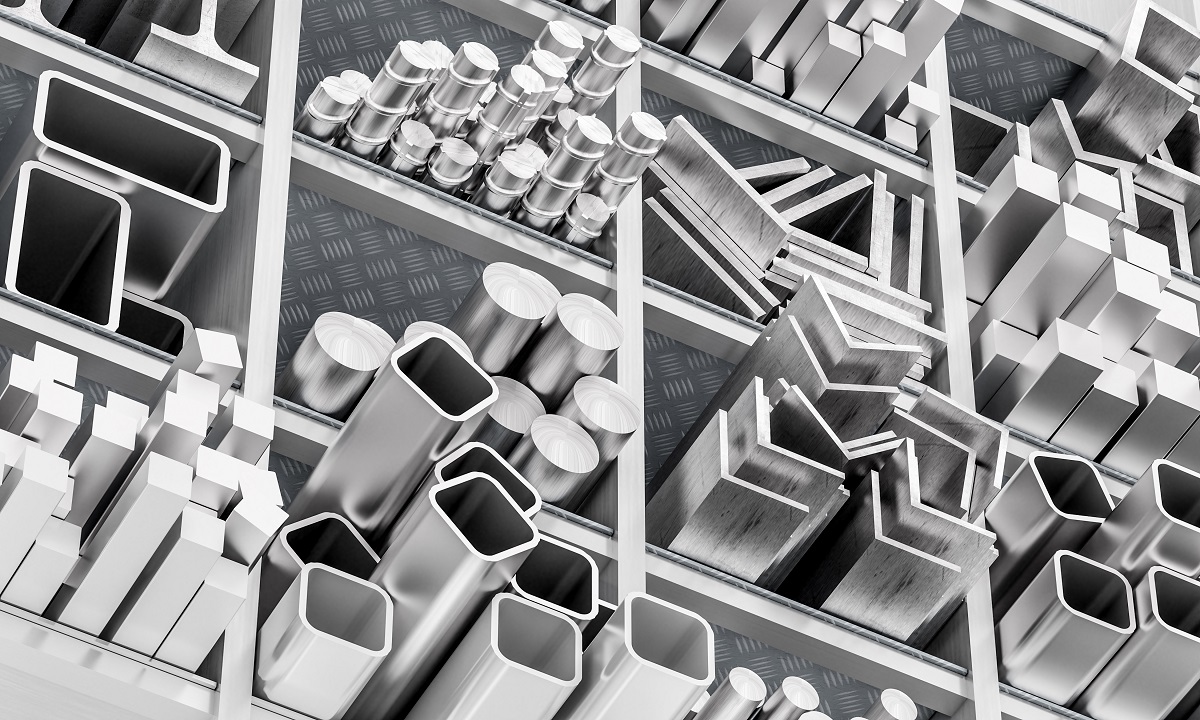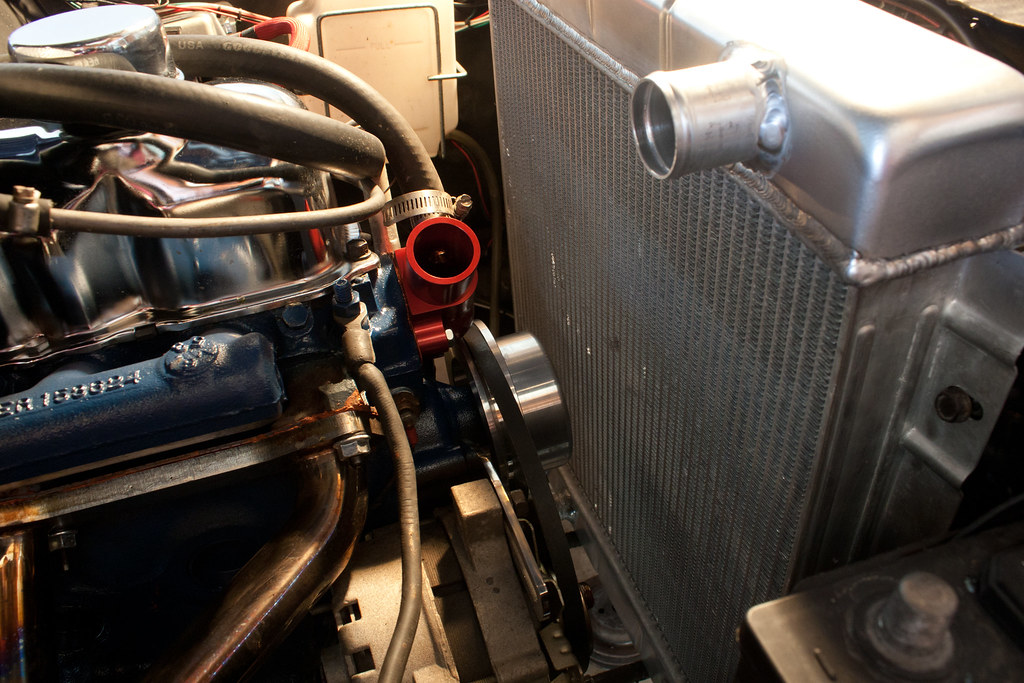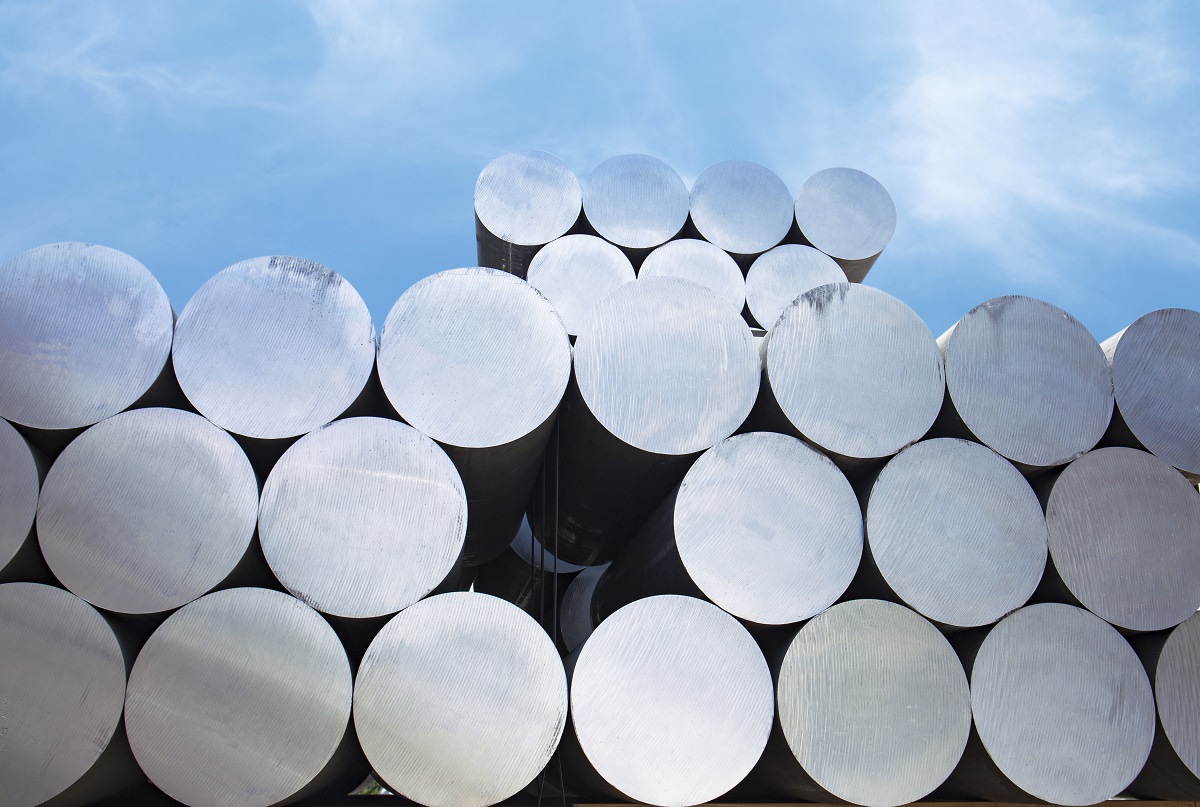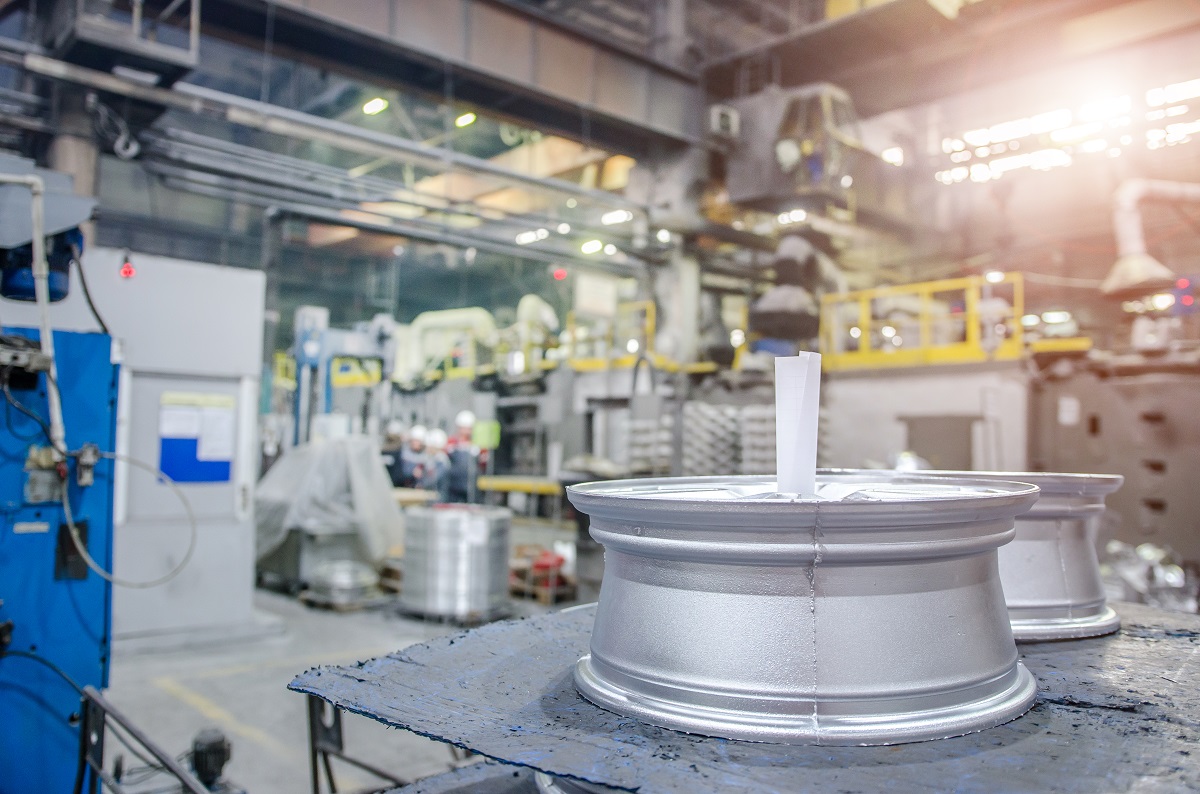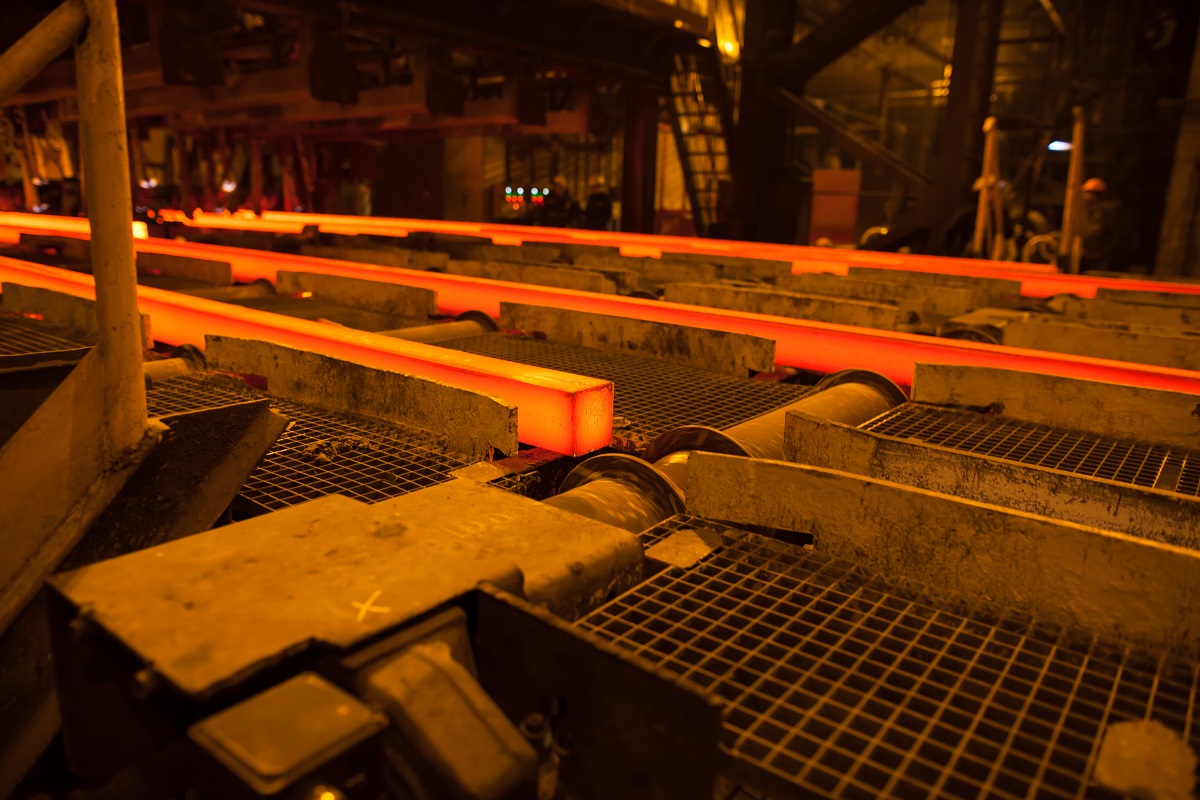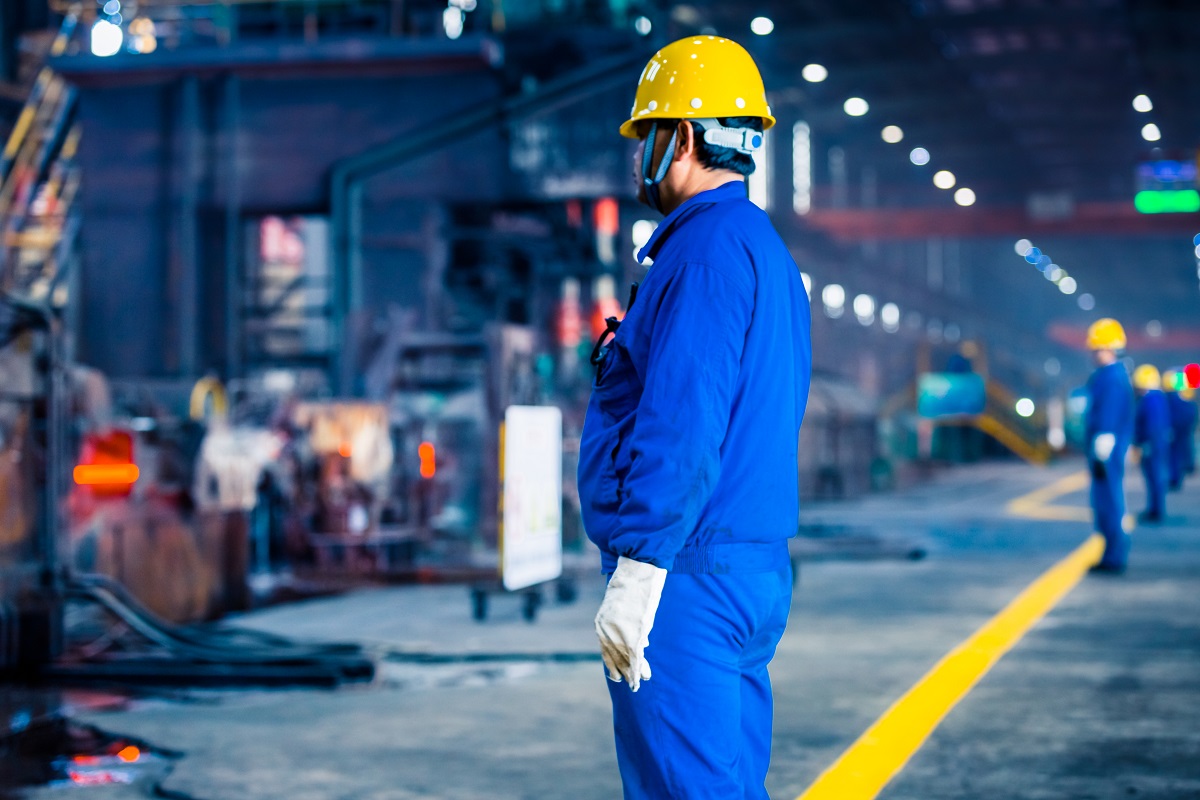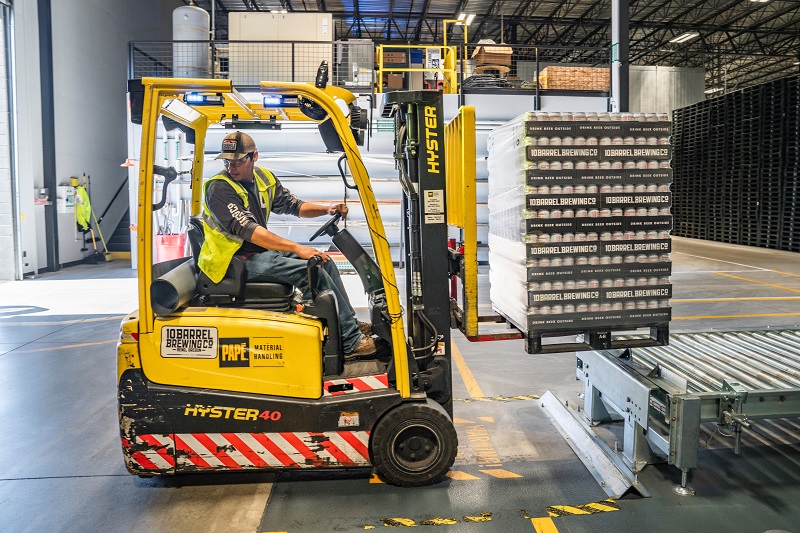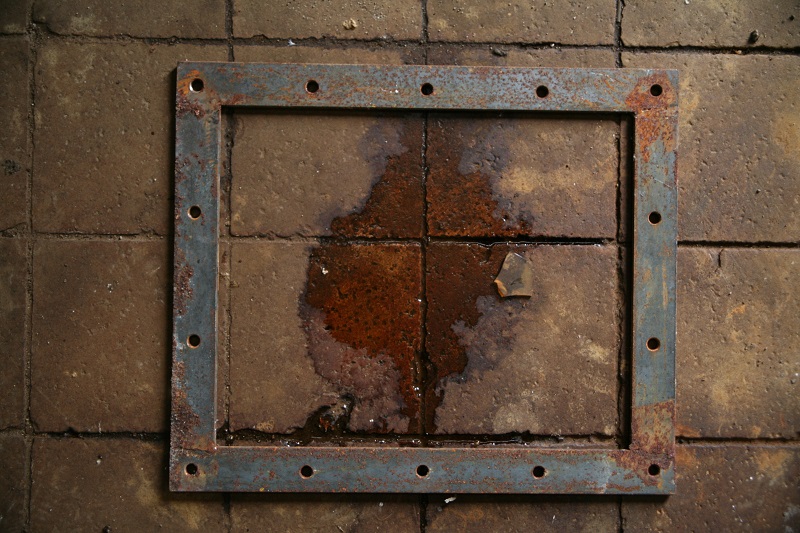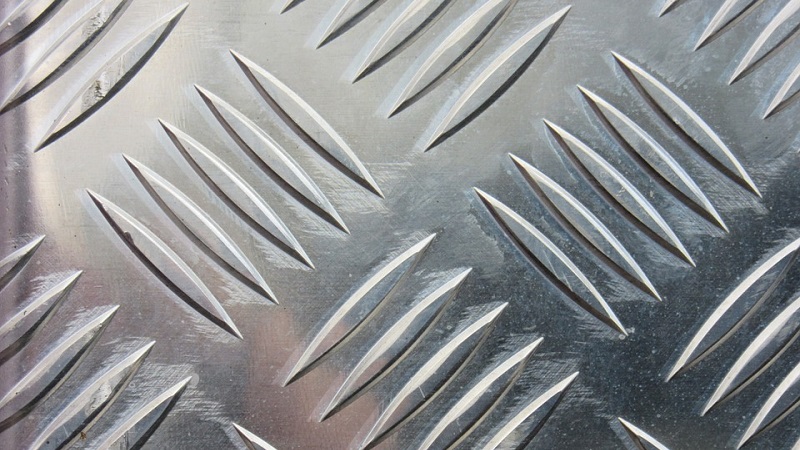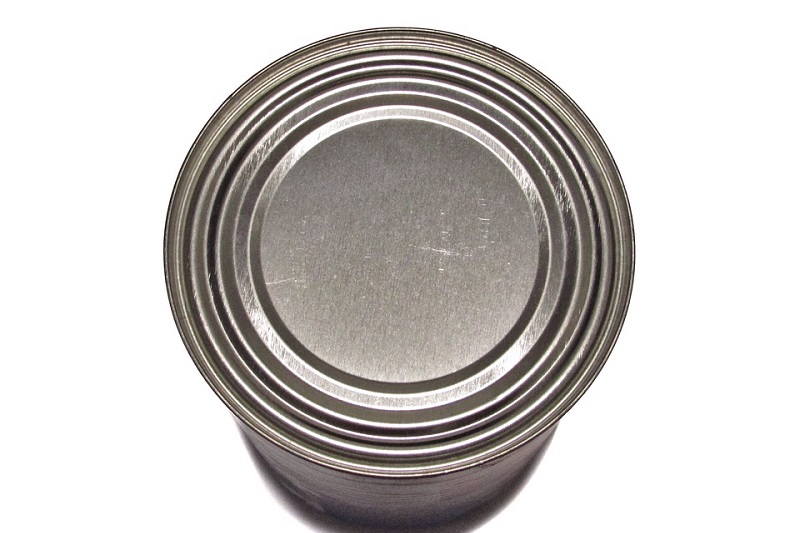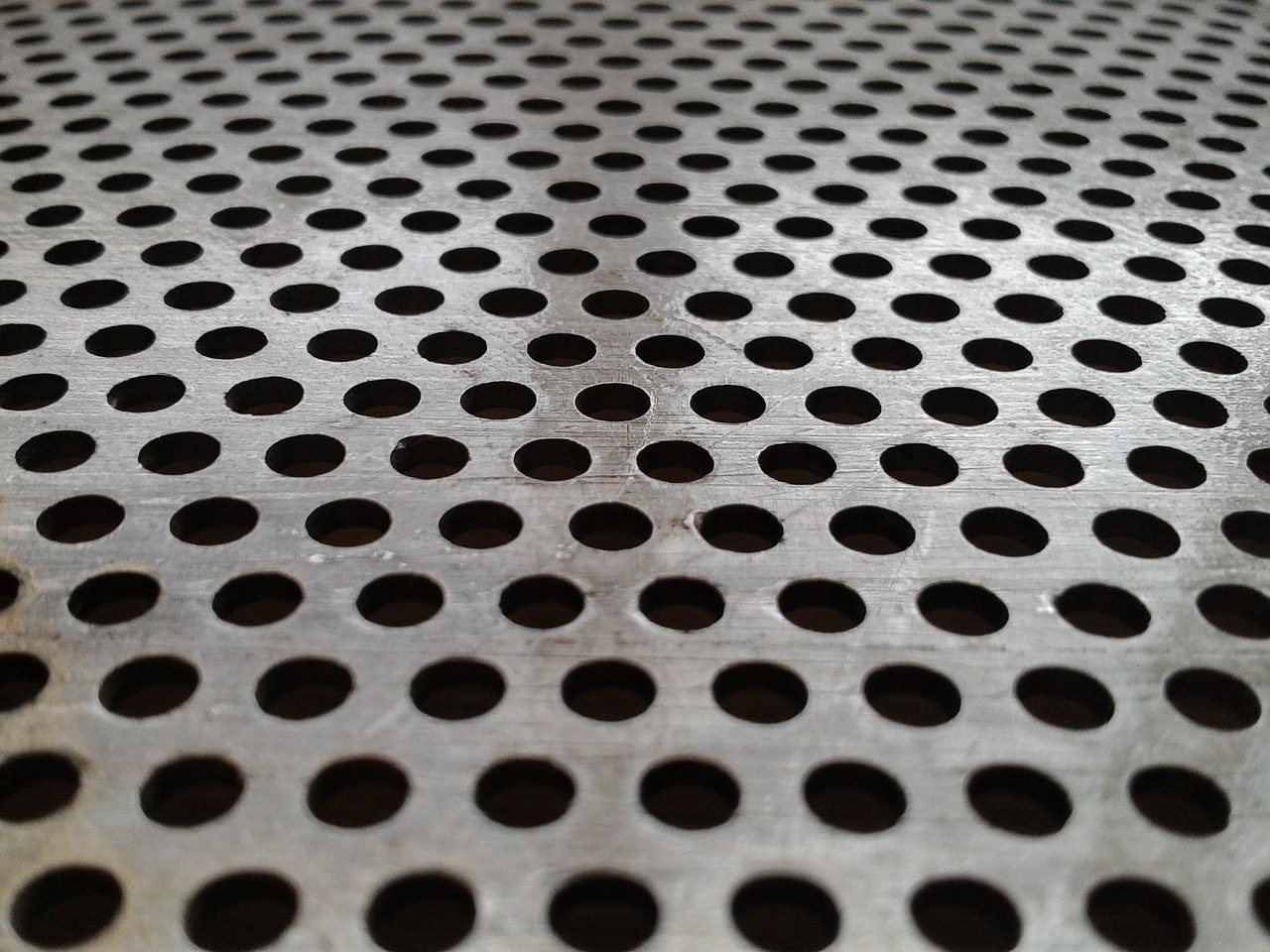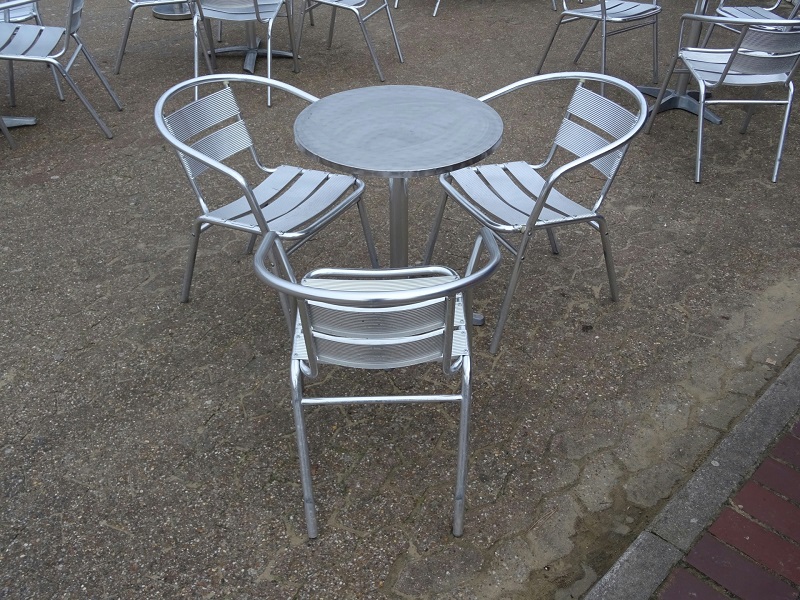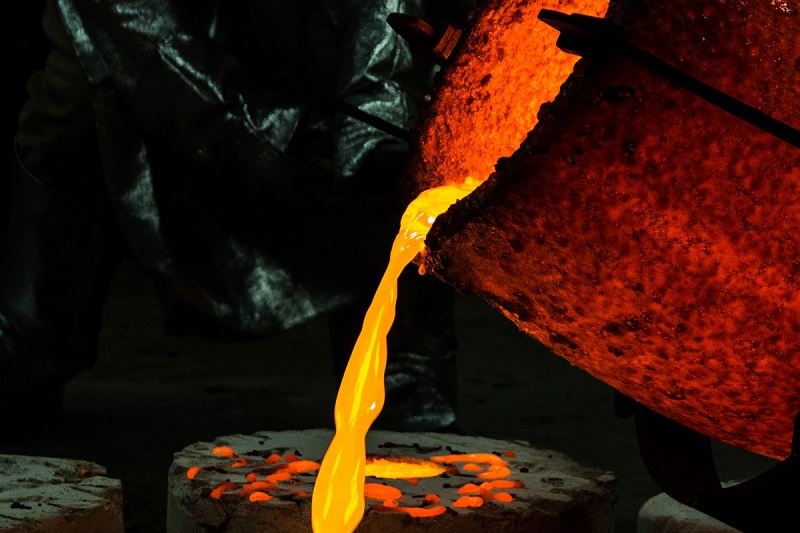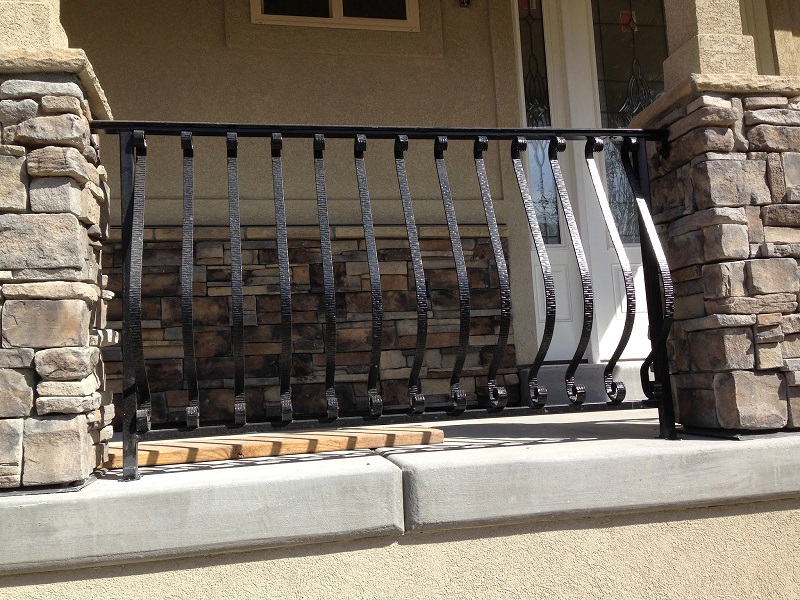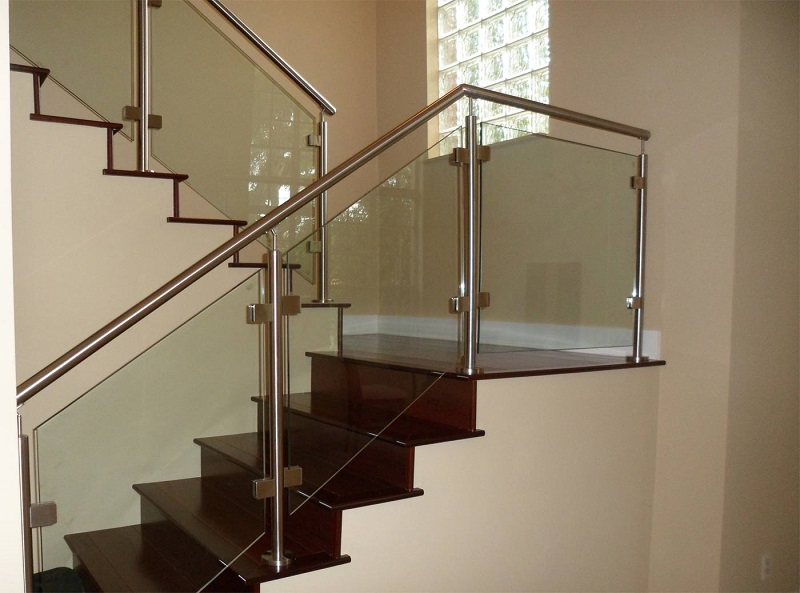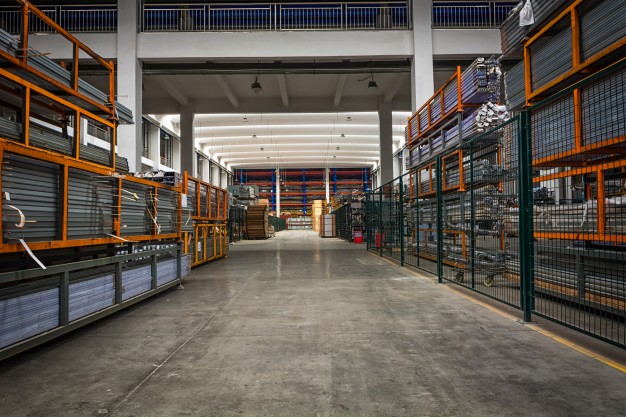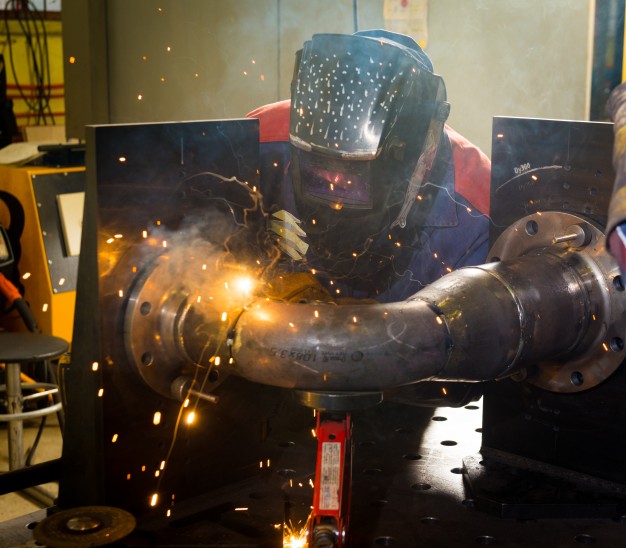What are the different types of heat treatment?
- Hardening
- Annealing
- Normalizing
- Tempering
- Nitriding
Metals are perhaps some of the most useful construction and industrial materials in the world. Manufacturing processes wouldn’t be complete without incorporating some type of metal in their operations. While different kinds of manufactured metals offer various advantages for them to be utilized in specialized ways, the durability and stability they offer architectural structures, particularly in construction projects, make them highly desirable.
Some metals, however, would offer more benefits if the chemical structuring of their raw and pure forms were also chemically altered. Through the different types of heat treatment, the properties of some of the most commonly-used metals like steel, iron, or aluminum are improved, to strengthen them, or improve their flexibility and versatility.
If you want to know more about the different ways the chemical properties of metals are altered by heat treatment, continue reading.
Hardening
Before delving further into understanding this first type of heat treatment, it would be first important to understand why metals undergo such heat treatment processes. Typically, heat treatment is the process by which the structural and physical properties of a particular metal are manipulated, in order for it to be utilized in a particular manner.
For example, when a heat treatment process is applied to stainless steel, some of its properties, including hardenability, ductility, flexibility, and strength are improved. After, the resulting metal can be shaped in a limitless number of ways, depending on the particular industry’s use for it.
As with many heat treatment processes, hardening is a type of method which begins applying a particular amount of heat energy to the metal, to the point that it becomes a solution. One can view the process as something that ‘corrects’ an undesirable property within the material.
By turning the metal into a solution, hardening corrects the imperfections found within the particular metal’s crystal lattice structure. Lattice simply refers to the way the metal’s particles are organized to form a crystal. Through hardening, the metal’s level of strength is increased through the refining of the particles.
After the metal is turned into a solid solution by hardening, a form of rapid cooling called quenching is immediately applied to the metal, until it is left to cool at room temperature.
Annealing
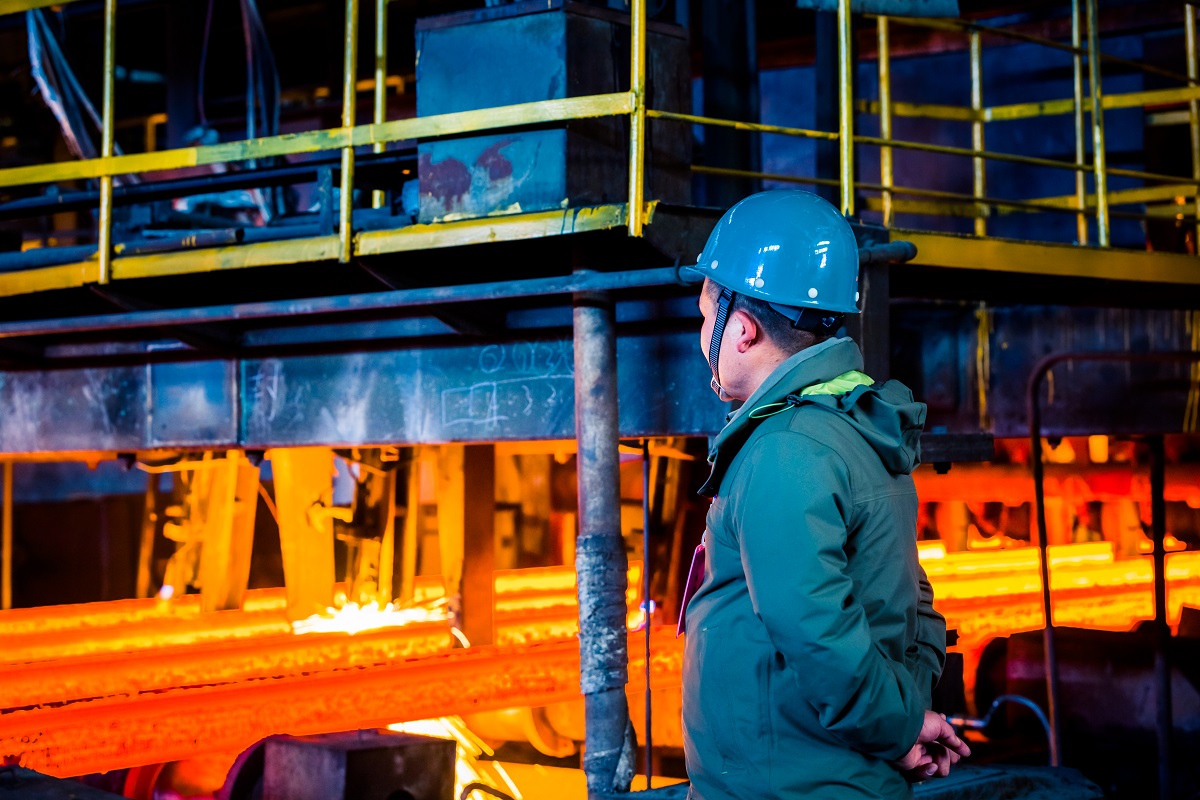
The next type of heat treatment can be said to be something that is most commonly applied to stainless steel. Typical of any heat treatment process, annealing once again involves a form of manipulation within the particular metal’s crystal structuring through targeted means. Particularly, annealing in stainless steel aims to reduce the metal alloy’s hardenability, or the measure of how easily the steel can be hardened when it undergoes rapid cooling.
Compounded with reducing the metal’s hardenability, annealing aims to increase the ductility of the stainless steel material, in order for it to withstand greater levels of bending force before it is subjected to breakage.
The annealing process for stainless steel typically begins with the application of heat at temperatures ranging from 1000 degrees to 12000 degrees Fahrenheit. Annealing is a process that can be thought of as ‘de-stressing’ the metal’s internal structuring to prevent instances of cracks or deformation.
Normalizing
While the purpose of this next type of heat treatment process is to also largely reduce the internal stresses in the metal’s structuring, it does not aim to increase the metal’s ductility, but rather to reduce it, in order to target the other properties. As mentioned before, different heat treatment processes are applied, depending on the industry’s desired purpose for the resulting metal. Since the process of annealing aims to increase a metal’s ability to bend before breakage, – an example of which would be that of bent steel rebar – normalizing, on the other hand, focuses itself on increasing the tensile strength and machinability of the metal.
Simply put, machinability refers to the ease by which metal is able to be drilled, cut, and shaped in various ways, allowing it to be used in various specialized functions. The normalizing process typically begins with applying heat on the metal, at temperatures ranging from 40 degrees to 50 degrees Celsius above the particular metal’s upper critical temperature. It is then left to cool at room temperature.
Tempering
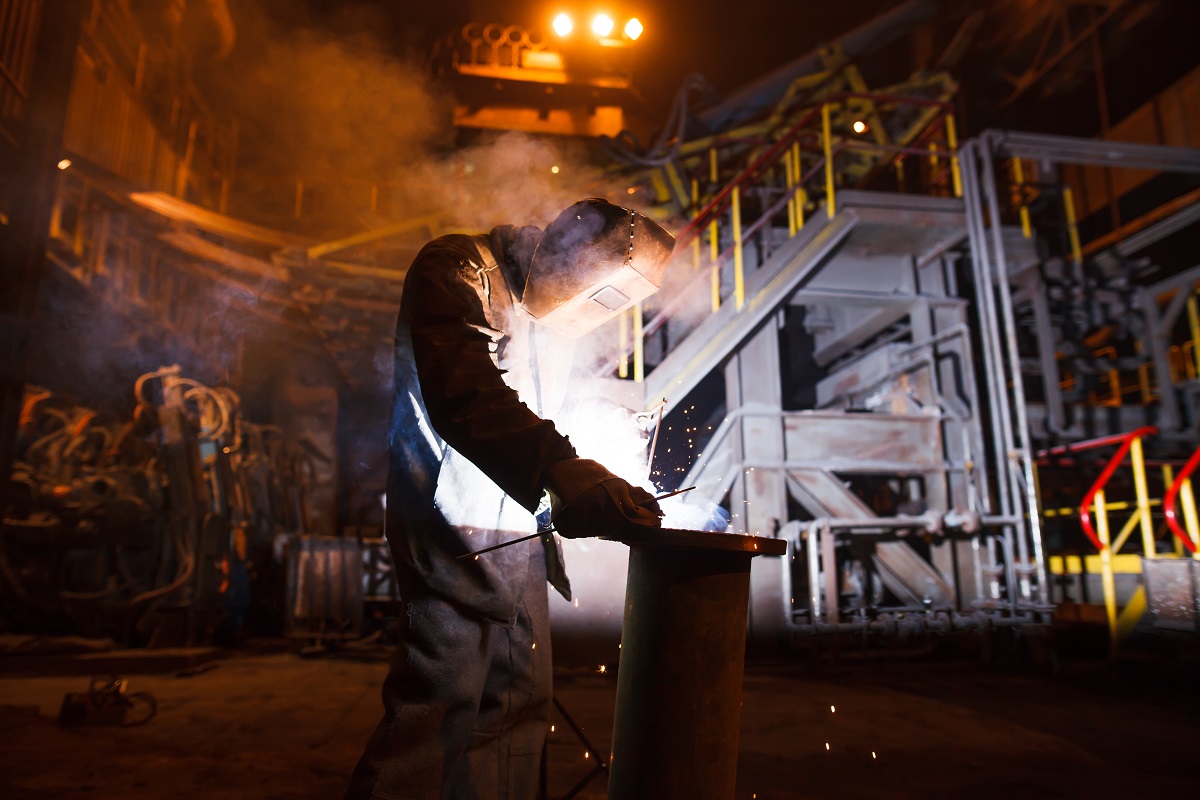
The next kind of heat treatment process is a process that goes along with the hardening method. Unlike the previous two, however, where there was an application of heat energy at a particular temperature, a metal can undergo tempering in three categories, namely low-temperature tempering, medium-temperature tempering, and high-temperature tempering.
Tempering aims to reduce the brittleness of the metal, especially in the process of manufacturing it into a tool.
Nitriding
Unlike the first four types of heat treatment process, nitriding refers to a method that employs the addition of a nitrogen gas element. This process begins with the application of temperatures between 450 to 510 degrees Celsius. The material is then placed inside an airtight container where it is surrounded by ammonia gas.
Nitriding a metal increases the strength of its surface, as well as, increases the level of resistance it has, to corrosion.
Key Takeaway
Other types of heat treatment processes exist, depending on the desired function of the resulting metal. While this process of altering a metal’s physical and chemical structuring typically begins with the application of heat, it differs in that each method particularly targets a specific property of that metal.
Hopefully, the guide above has presented with a brief overview of some of the various properties that different types of heat treatment processes aim to improve.


